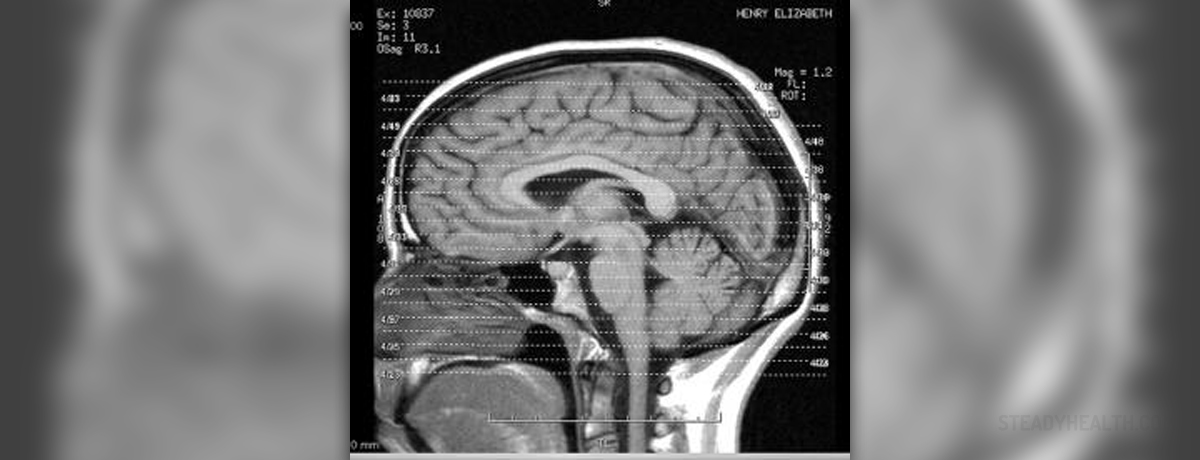
Aneurysms are abnormal widening of the blood vessels (arteries). Aneurysms are quite risky if present since they can cause severe hemorrhage in case of the burst. Elasticity of the arteries is a rather important factor in their adaptation to blood pressure changes. In the case of aneurysms the vessels cannot properly adapt therefore the rupture is common outcome. The usual place for aneurysm forming is the point of one blood vessel division into multiple routes. Aneurysms mainly attack large blood vessels such as aorta and big vessels in the brain. Cerebral aneurysms may be inherited or acquired. In case of brain aneurysms even a small amount of blood after the rupture may lead to serious consequences. In case of intensive bleeding the end is evident for majority of patients even before they reach the hospital. So it is extremely important to set the diagnosis of this serious condition as soon as possible in order to prevent the possible fatal outcome. However most of the patients are not even aware of the presence of this ballooning of the vessels and they are caught unprepared.
Statistics show that 1/3 of all patients die due to rupture of aneurysms before reaching the hospital, 1/3 die in the hospital and the rest survive. 49% of patients who have survived the attack suffer from neurological difficulties caused by the rupture.
The most important thing is to set the diagnosis immediately. After the admission the doctors do their best to prevent the blood clot from dissolving as its function is to stop the bleeding on the place of burst. This is done by certain medications. The blood pressure is kept under control by antihypertensive drugs and sometimes a patient is sedated if showing signs of anxiety. In order to prevent convulsions patients are administered anticonvulsant drugs such as Phenobarbiton. After all of these have been done the next step is surgery. The goal of the surgery is prevention of a repeated hemorrhage.
The surgery of aneurysms mainly includes the so called "clipping" which means that the aneurysm is being eliminated from the blood circulation. Some other techniques are available in certain cases. In the domain of interventional radiology the goal is to fill the aneurysm with metal coins, glue, balloons and stents. These prevent the widening from rupture so they are basically placed as a way of prevention.
As for prevention the early diagnosis of the condition can be done by several techniques such as angiogram, MRAngiography and the Spiral CT Scan. All of these may help in locating the aneurysm which helps the surgeon in planning of the operation. Certain aneurysms cannot be surgically repaired due to their location but if they are found those patients need to be under permanent control and go for regular check-ups, keep the blood pressure under control in case of a sudden rupture. Those who are diagnosed with aneurisms and can be operated undergo the surgery as this is the only way of treating them.



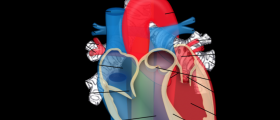




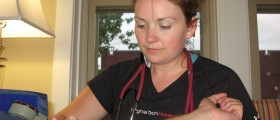
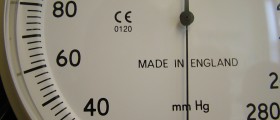




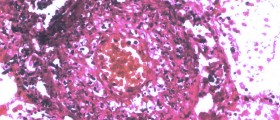


Your thoughts on this
Loading...